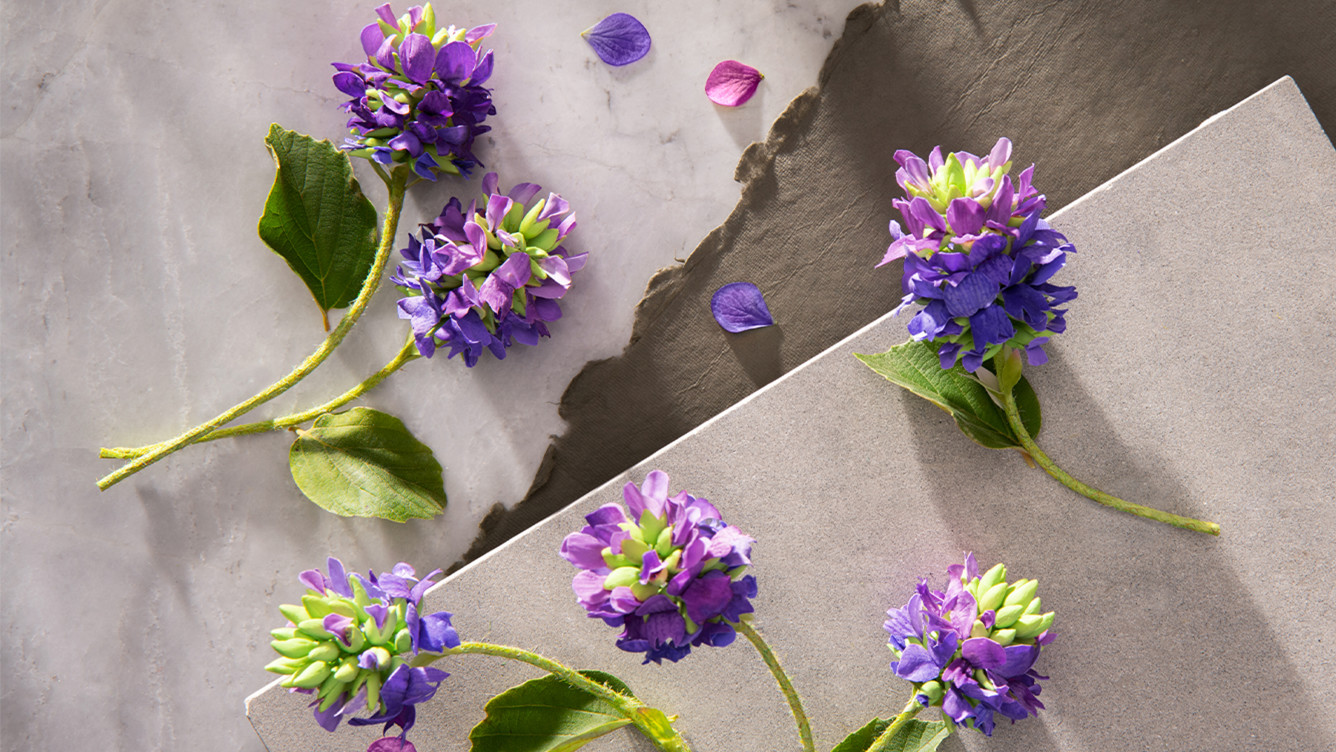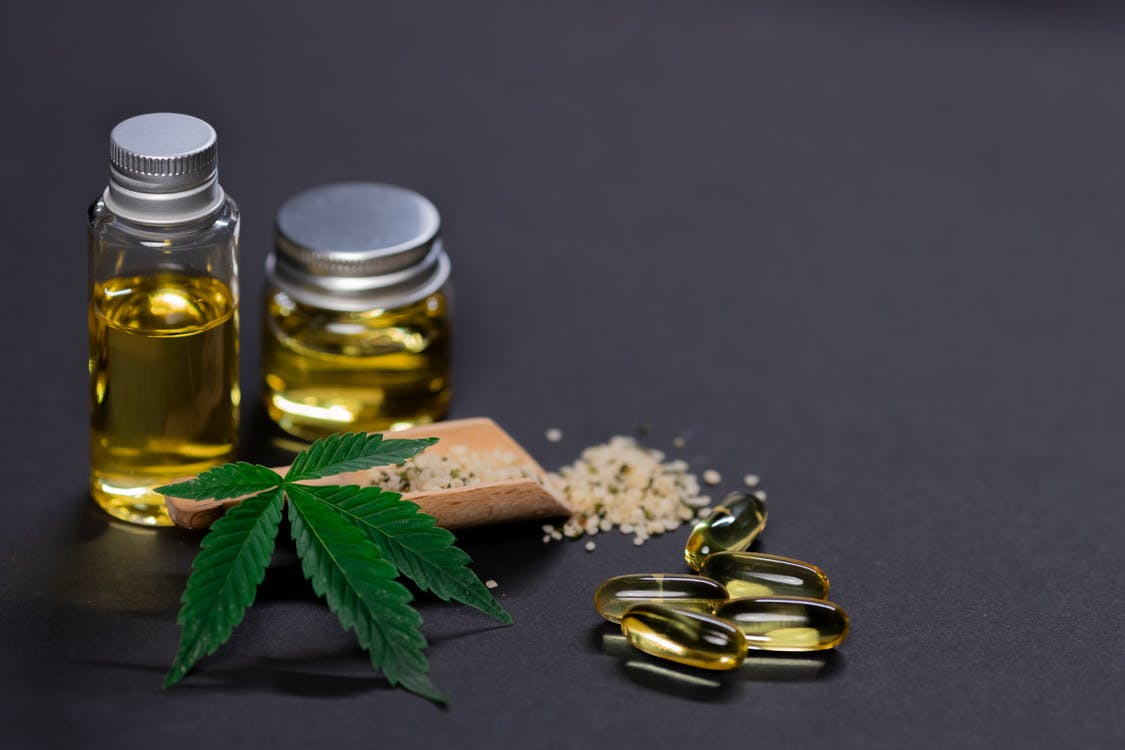101 Series: Know Your Ingredient – BAKUCHIOL
Share

If you haven’t heard of Bakuchiol, now’s the time to catch up on the latest trending ingredient in skincare! This up-and-coming ingredient is often called “the next retinol.” Eager to learn more? Stay with us!
What is Bakuchiol?
Bakuchiol is a compound found in the seeds and leaves of the Indian babchi (scientific name: Psoralea corylifolia) plant. It is considered a terpene phenolic, a partial terpene molecule, and part natural phenol. (Uh oh, did we lose you? More explanation below…)

Terpenes are known for their aroma properties, particularly in plants, and phenols have antiseptic properties. So, it makes sense that Bakuchiol has been used throughout history in holistic practices, like in Indian and Chinese culture, for its many “anti-” properties, including antioxidant, anti-inflammatory, anti-bacterial, anti-acne, and anti-tumor.
Bakuchiol is used in skincare to address things such as…
- Acne
- Hyperpigmentation (uneven skin tones)
- Rough skin
- Wrinkles
Though Bakuchiol has the same functionality positioning as Retinol, does it really meet the scientific rigor to be in the “Retinol league?”
A Quick Look at Retinol (a.k.a. Vitamin A)
We’ve all heard of Retinol. Retinoids were first used to treat acne until scientists realized it could also be used to even skin tone, and speed up cell production turnover and collagen production, decreasing wrinkles and creases. A lot of clinical data exists which speaks volumes about the efficacy of Retinol and Retinoids.
What’s not to like? Retinol is a very useful ingredient; however, because it renews skin at such an accelerated pace, skin becomes dry and irritated after continual and constant use. It is recommended to only use once every other day or sometimes even less or not at all if your skin cannot tolerate it. Retinol also leaves the skin photosensitive, so sunscreen must be worn on the days that retinol is applied to prevent extra irritation.

More on Bakuchiol
Compared to its big brother, Retinol, the number of clinical publications written on Bakuchiol and its mechanism of action are on the lighter side. A few studies have shown that Bakuchiol has similar long term benefits as Retinoids (when Bakuchiol is used twice daily), but less irritation, sensitivity and redness is seen when it is used vs. when Retinoids are used alone.
Bakuchiol vs. Retinol: The Verdict
It’s too soon to tell! Most dermatologists swear by the age old, tried and tested Retinol/Retinoids as the research is still emerging to confirm that Bakuchiol can measure up to Retinol. One thing is for sure, no one likes Retinol’s side effects, including the added fuss to protect your skin from sun to avoid photosensitivity. The fact that Bakuchiol caters to the same benefit areas as Retinol, without the side effects, certainly makes it a good candidate. Although more robust studies are needed, some folks in the beauty community are surely convinced that Bakuchiol is out there to get Retinol.
Interestingly, there are also brands who are combining Retinol and Bakuchiol as “better together” ingredients. If you haven’t yet given Bakuchiol a try, certainly do and let us know what you think in the comments!
References:
- Dhaliwal, S et al. “Prospective, randomized, double-blind assessment of topical bakuchiol and retinol for facial photoageing.” The British journal of dermatology vol. 180,2 (2019): 289-296. [Link]
- “Do Retinoids Really Reduce Wrinkles?” Harvard Health Publishing, Harvard Medical School, 22 Oct. 2019, [Link].
- Draelos, Zoe Diana, et al. “Clinical Evaluation of a Nature-Based Bakuchiol Anti-Aging Moisturizer for Sensitive Skin.” Journal of Drugs in Dermatology: JDD 19.12 (2020): 1181-1183. [Link]
If you enjoyed our content, please share, comment, like and follow us on your favorite platforms!
.
.


